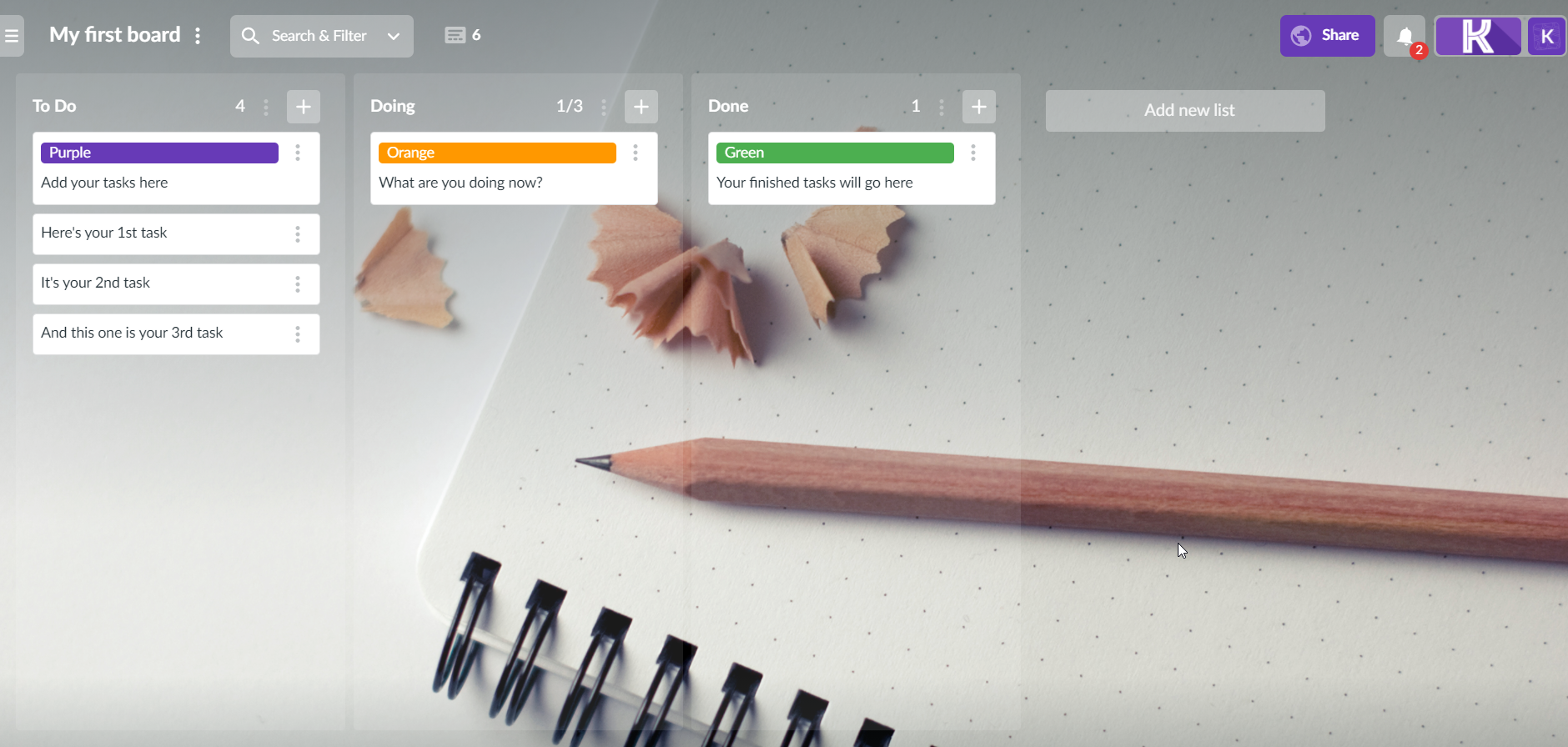What does Kanban board mean?
The best definition of a Kanban board is “a workflow management tool that is used to visualise work at its stages”. The two critical elements of a board are cards and columns. Kanban cards usually represent tasks. Typically, columns represent stages on a board.
Why is it called a kanban board?
The term comes from the Japanese “kanban” (看板), which means “signboard”. Here is a brief story of term creation. Japan, the 1940s: Taiichi Ohno introduced Kanban boards to Toyota to compete effectively with American automotive manufacturers. Kanban approach along with Lean management helped Toyota to increase productivity and reduce waste during production. The company still uses the Kanban board and educates children about Kanban and Toyota Production System.
Who uses the Kanban system?
Generally, the Kanban layout depicts three columns:
- To Do
- Doing
- Done
This layout is simple and covers the three main stages all the processes are to overcome. Regardless of its nature, each goal-oriented activity needs them. This is why the Kanban board is a one-size-fits-all tool. Personal stuff can be monitored on a board. The approach is equally suitable for individual users, start-up teams and small businesses. Educators use the method for staff and students. Enterprise-level companies tend to choose Kanban to make sure everyone fulfils the job.
What kanban board tool should I choose?
Kanbanchi is an excellent example of a digital Kanban board. All Kanbanchi boards have three classic Kanban lists.

However, this model is optional, and you may easily rename the lists and add extra ones. Also, the Kanbanchi interface is intuitive and is just as easy as sticky notes with a whiteboard.
Physical Kanban has simply run its course especially when remote work has become widespread. Such online Kanban software as Kanbanchi provides users with many more opportunities, e.g. epic & subcards, priorities, time tracking, reports, the ability to assign tasks and monitor team workload. Kanbanchi stores user data in Google Drive and can also create auto backups.
Build your first Kanban with Kanbanchi!
